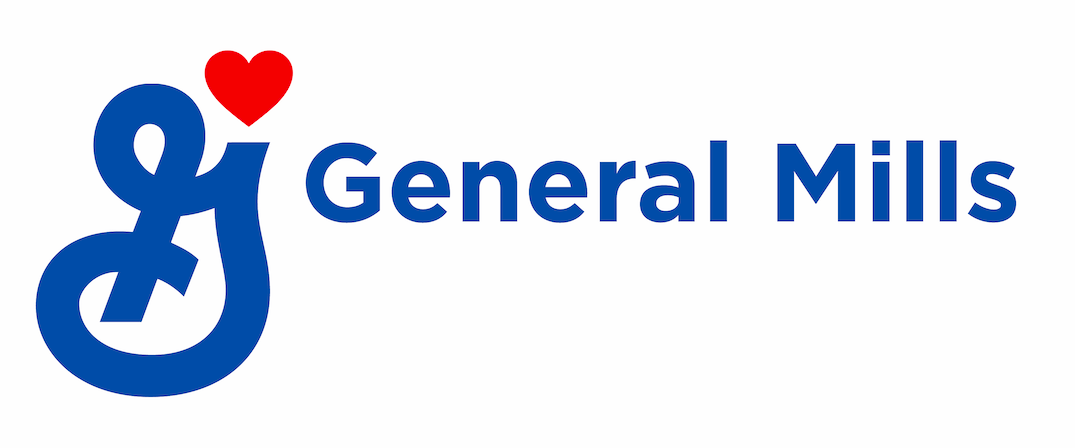World Soil Day: Reflecting on Soil Health’s Growing Recognition
Today, on World Soil Day, I reflect on my years growing up in agriculture. My family’s dairy farm relied on our precious soil to grow the feed for the cows and keep us in business year after year. This was not easy in South Eastern Wisconsin, due to our heavy, clay soils, highly erodible hills and lots of lake effect rain when we needed it the least, during the spring and fall. As farmers, we knew we had to continuously adapt and protect against risks to our farm – and this meant protecting our soil.
Today, I see farmers across the country moving more quickly than ever to adapt and improve their farms. I experience this daily as many corn and soybean farmers have stepped up to enroll in the Soil Health Partnership (SHP) to enhance their soils and as a result, their businesses. And now this farmer-led initiative is undergoing an exciting expansion to include wheat growers with our most recent partner, the National Wheat Foundation (NWF). This new partnership – enabled through support from General Mills – means we can reach more farmers, cropping systems and geographies. We now will focus on wheat, corn and soybean production – important crops for global food security.
The Soil Health Partnership has built a network of 111 farmers across 12 states, from North Dakota to Maryland. These farmers have raised their hands to join in learning about how a little science and soil health can help improve cropping system resiliency, economic performance and environmental outcomes (water quality, air quality, and biodiversity).
Why does this matter?
The Soil Health Partnership network is not your typical farmer champion network of die-hard conservation farmers. This network is focused on representative, regenerative farmers with an interest in continuous improvement – and that is the most exciting part! We are reaching new farmers in meaningful ways to drive business and environmental performance management enhancements on individual farms ranging in size from several hundred to several thousand acres.
The typical farmers in the Soil Health Partnership are researching the use of cover crops, reduced tillage and advanced nutrient management to improve their crops and benefit the environment. The results from SHP farmers’ fields are scientifically credible and will serve as the basis for new, incredibly specific recommendations for farmers to make the best decisions within each different farm field. We are already seeing positive changes in corn and soybean production systems – and are excited to take the research to wheat, too!
The research and recommendations for rapid adoption of soil health-improving practices across wheat, corn and soybean farms will also help off-farm, too. By using reduced tillage or cover crops, farmers are helping everyone through more carbon storage in the soil, better water quality and improved habitat for birds and pollinators.
World Soil Day may not appear on the average American’s calendar yet, but as we work to protect one of Earth’s most precious resources, maybe it should be. Soil is the engine that drives agricultural productivity. Farms like the one I grew up on in Wisconsin depend upon healthy soil – and that means consumers depend upon it, too.




